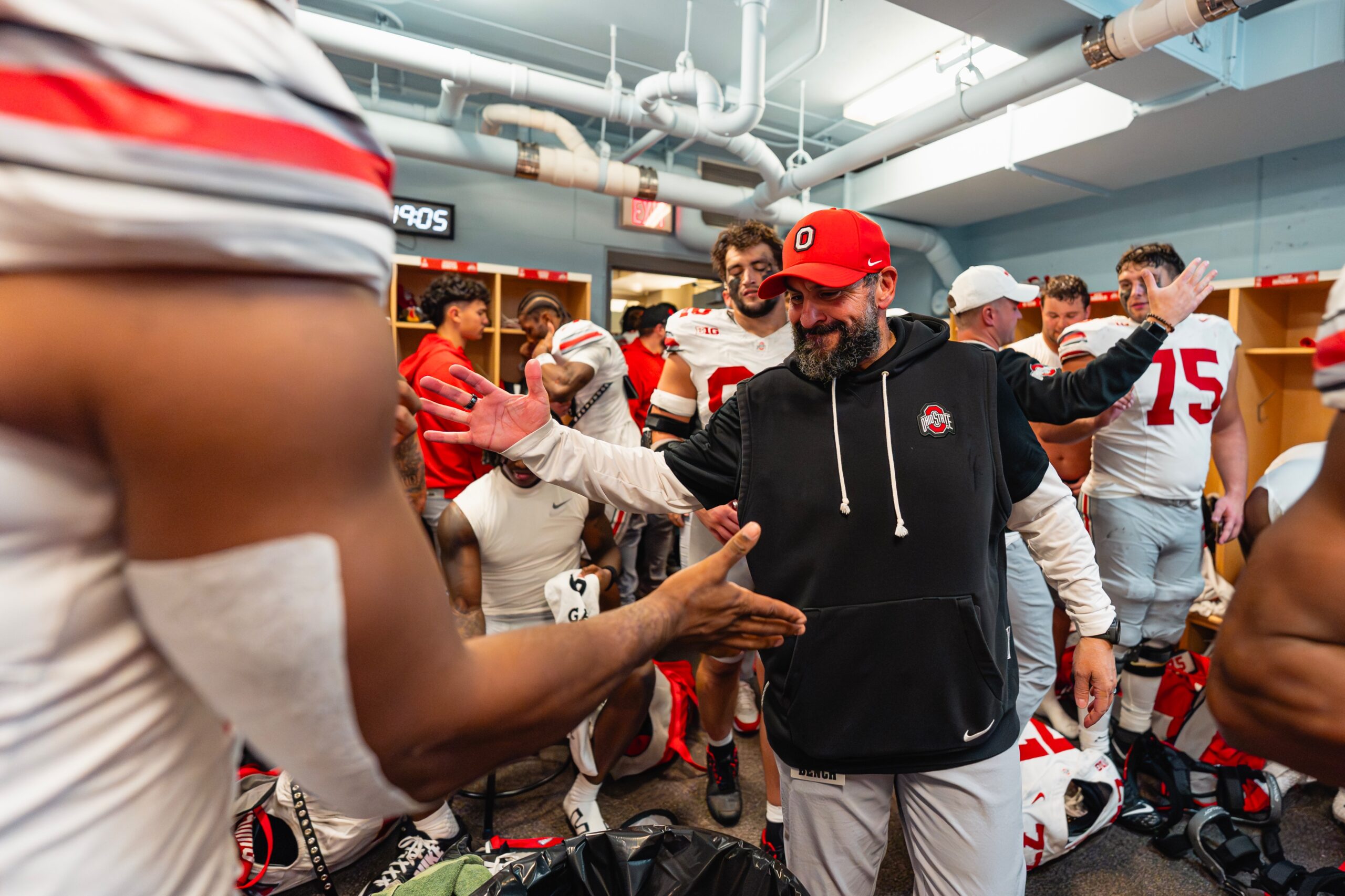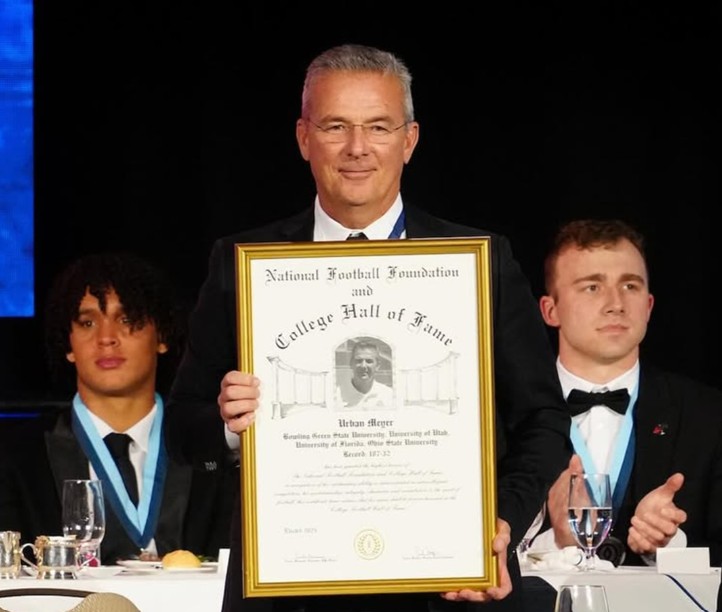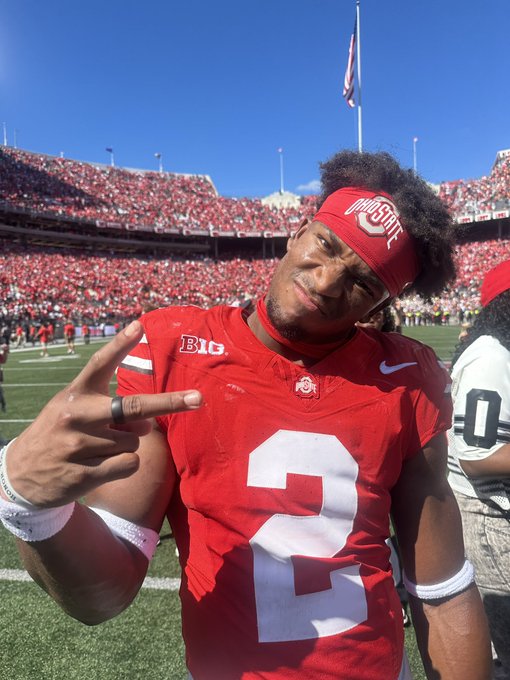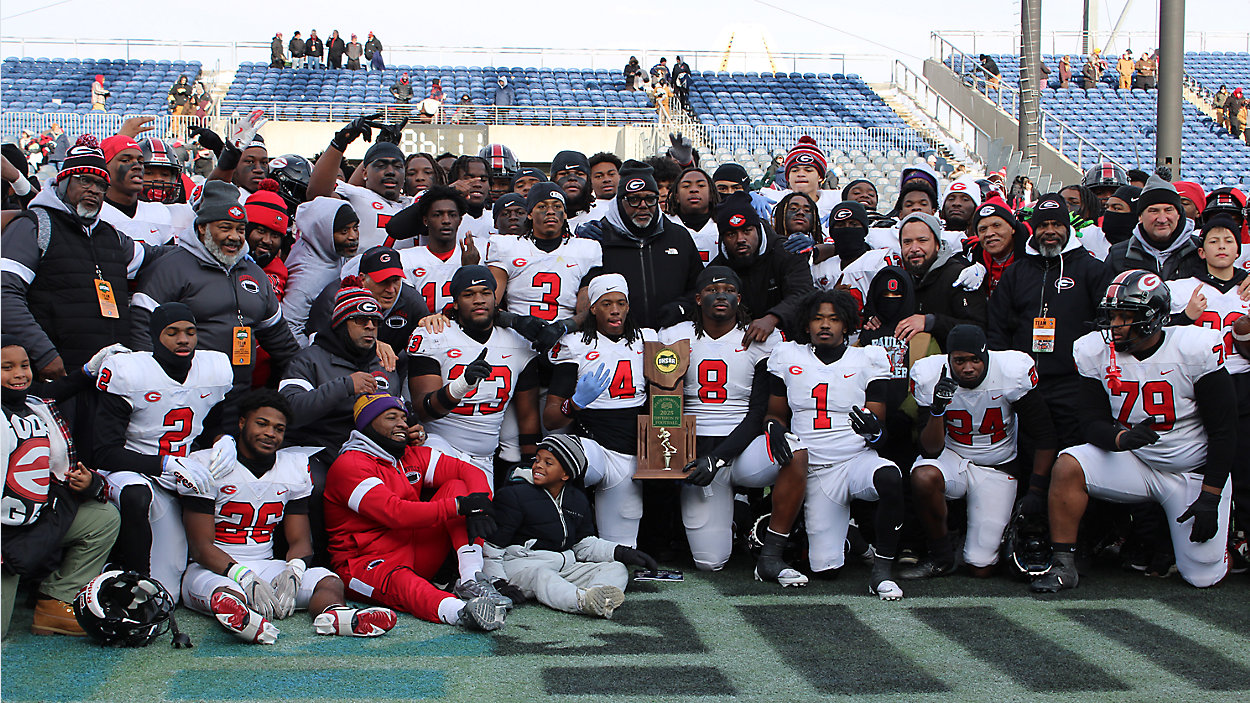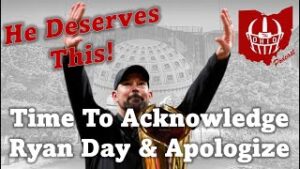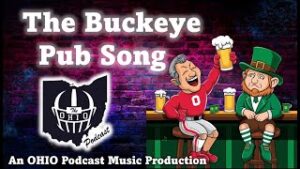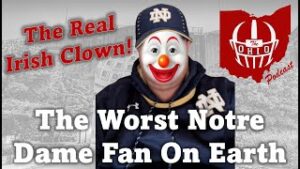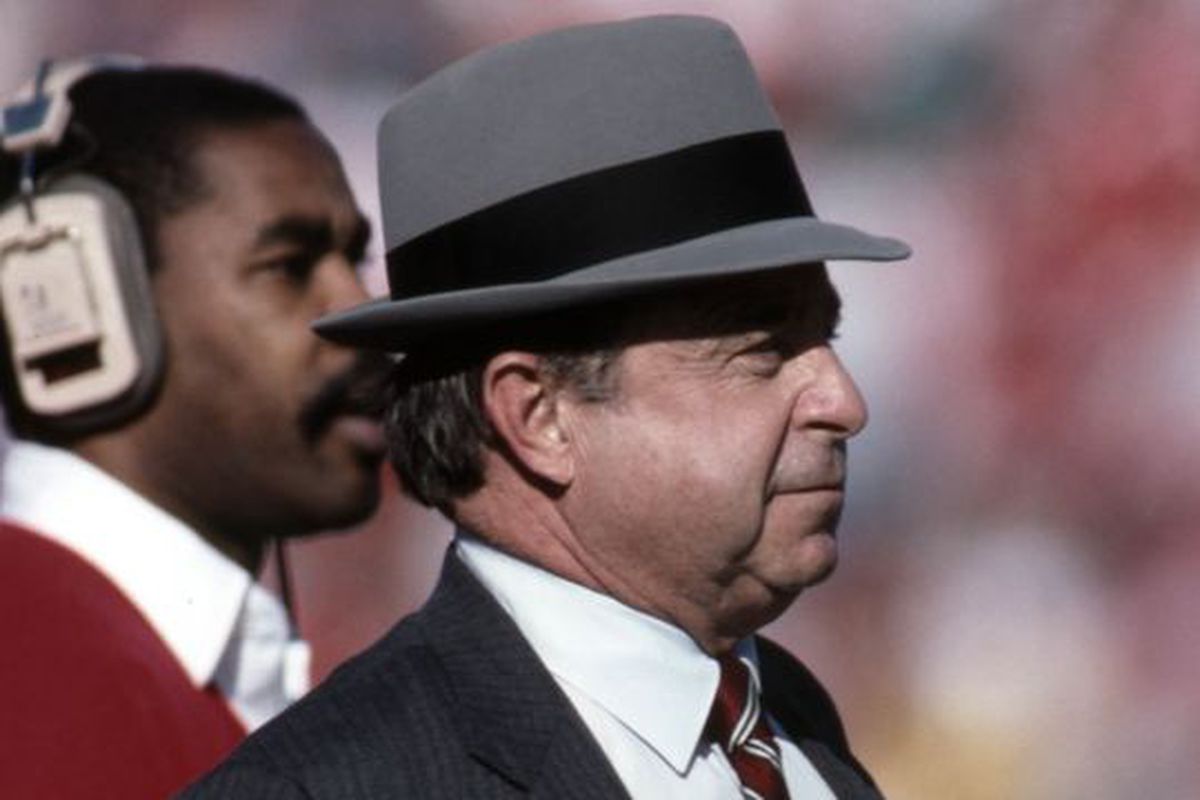
When the conversation turns to legendary coaching trees, Nick Saban’s name often takes center stage. With assistants like Kirby Smart, Jimbo Fisher, and Lane Kiffin rising to head coaching stardom, Saban’s coaching lineage is celebrated coast to coast. But for Ohio State fans—and truly, for anyone who values the roots of greatness—there’s a deeper, more historic tree worth acknowledging: the Earle Bruce coaching tree.
On a recent episode of The OHIO Podcast, hosts Chris Wilds and Shaun Shrock dove deep into Bruce’s extraordinary legacy. While Bruce might not be a household name nationally like Woody Hayes or Saban, his impact is arguably greater in terms of influence and reach. Bruce didn’t just build winning teams—he cultivated young, unproven coaches and turned them into legends.
Names like Nick Saban, Urban Meyer, Jim Tressel, Pete Carroll, and Mark Dantonio trace their coaching roots back to Bruce. These aren’t just successful coaches—they’re national and Super Bowl champions. Nick Saban himself, now known as college football’s GOAT with seven national titles, got his early coaching education under Bruce in Columbus. Urban Meyer, another giant in the game with three national championships, also cut his teeth as a graduate assistant for Bruce. And Tressel? The architect of Ohio State’s 2002 national title run? He revered Bruce so deeply that he brought him back every year to speak to the Buckeyes before The Game against Michigan.
And it doesn’t stop there. Pete Carroll, who captured both college football and NFL glory with national championships at USC and a Super Bowl title with the Seahawks, also came through the Bruce pipeline. Mark Dantonio, the mastermind of several Big Ten titles at Michigan State, played a critical role in Ohio State’s 2002 championship as defensive coordinator under Tressel. He would later become one of the few coaches to regularly give Urban Meyer fits on the field.
NFL coaching stalwart Dom Capers was another product of Bruce’s staff, going on to serve as head coach for the expansion Carolina Panthers and Houston Texans and building some of the most respected defenses in league history, including the Green Bay Packers’ Super Bowl-winning unit in 2010.
Even names that don’t get national recognition—like Glen Mason and Gary Blackney—had solid careers leading programs like Minnesota and Bowling Green. Each of these men carried forward the lessons learned from Bruce: discipline, player development, and an unshakable standard of excellence.

And while Bruce was often labeled “Nine and Three Bruce,” a moniker rooted in his consistent, yet not always title-winning seasons, the context matters. He was fired while holding a winning record against Michigan. He was the winningest coach in the Big Ten at the time of his dismissal. And let’s not forget: in his first season, he led an overachieving Buckeye squad to the brink of a national championship, falling to a USC team laden with Hall of Famers in the Rose Bowl’s final minute.
His impact wasn’t just tactical—it was personal. Stories shared by both Wilds and Shrock spoke to Bruce’s character, his compassion, and the respect he earned from players, coaches, and even students. For example, Bruce once broke the news of JFK’s assassination to a classroom at Sandusky High School, visibly shaken—an image that remained etched in his former students’ memories for decades.
Bruce wasn’t just ahead of his time—he helped define what the modern game would become. In today’s playoff-focused era, a nine-win season might still be enough to reach the postseason, and Bruce’s consistency would have been even more appreciated. More importantly, the culture he created has proven more durable than any one season’s win-loss record.

In the end, Bruce’s legacy is not just in the games he coached or the players he developed, but in the leaders he cultivated. He didn’t just build winners—he built builders of winners. From Urban Meyer returning to Columbus and bringing a title home, to Jim Tressel restoring the program’s national standing, to Nick Saban rising to become the most decorated coach in history, they all share a common foundation: Earle Bruce.
So next time the coaching tree conversation comes up, remember where the roots run deepest. They don’t start in Tuscaloosa or Ann Arbor. They start in Columbus, Ohio—with Earle Bruce, a true Buckeye legend whose influence continues to shape the game today.



